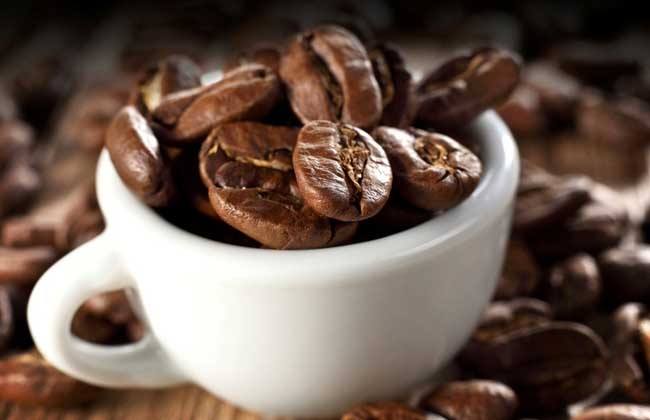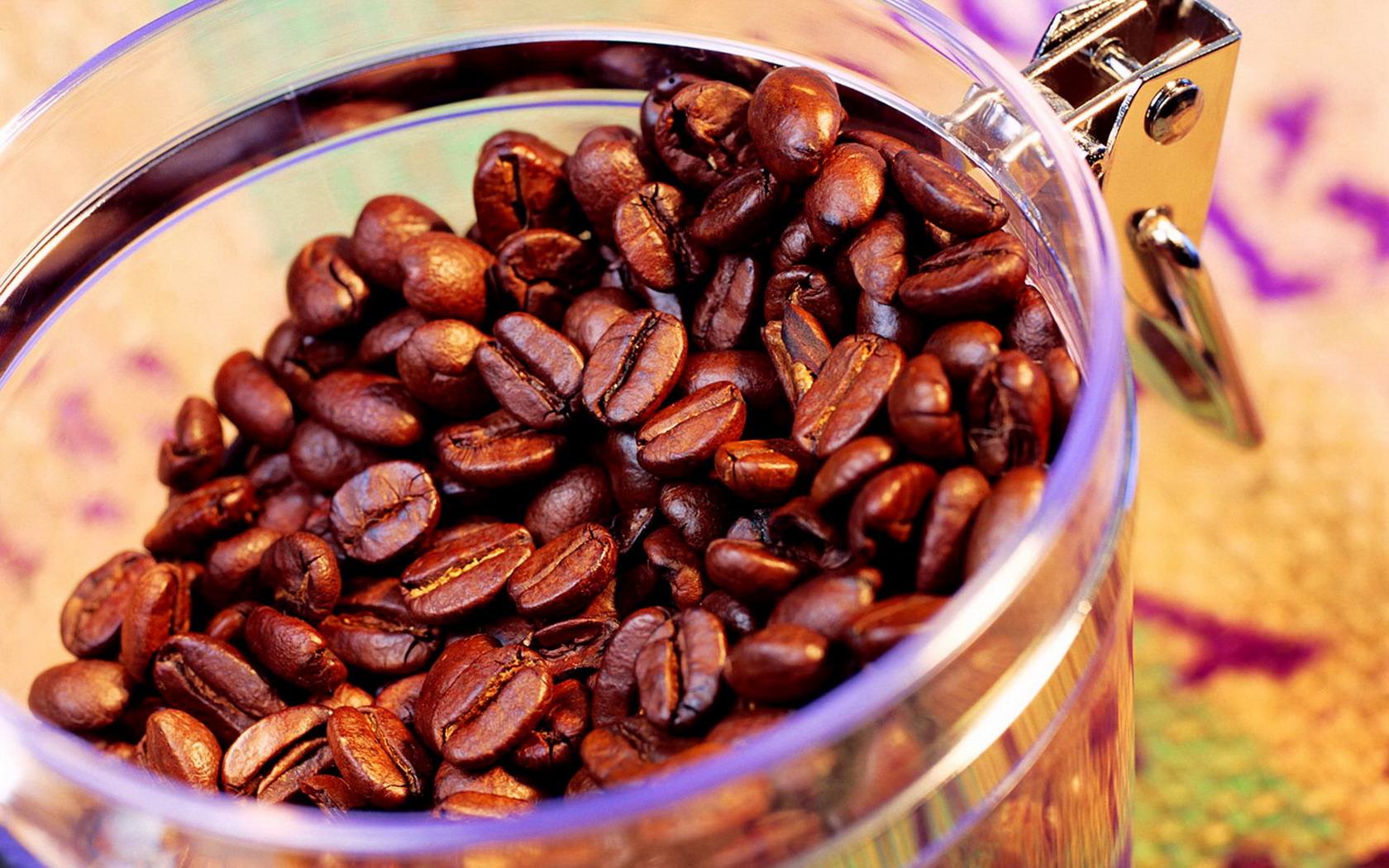Costa Rican coffee beans, Costa Rican coffee flavor
Follow the caf é (Wechat official account vdailycom) and found that Beautiful Cafe opened a small shop of its own.
Coffee is an important economic source of Costa Rica. It was introduced in 1808 and has been cultivated for 200 years. Costa Rica has 1x3 population invested in coffee.
In related industries, Colombians say that coffee has changed the country and enjoyed a rich environment, and coffee has indeed made an outstanding contribution; although the land area of Colombia ranks third from the bottom of Central America, its economic environment is better than that of half of the countries. also because of the affluence of the people, social stability, but also spare time to care about environmental issues, there are more than 30 national parks in Colombia.

Coffee was introduced into Costa Rica from Cuba in 1729. Today, its coffee industry is one of the well-organized industries in the world, with a yield of 1700 kg per hectare. Costa Rica has only 3.5 million people but 400m coffee trees, and coffee exports account for 25 per cent of the country's total exports. Costa Rica's volcanic soil is very fertile and well drained, especially in the central plateau CentralPlateau, where the soil consists of successive layers of ash and dust. Costa Rica was therefore the first country in Central America to grow coffee and bananas for commercial value. Coffee and bananas are the country's main exports.
The research center, located about 30 kilometers northeast of San Jose, the capital of Costa Rica, belongs to the Costa Rican Coffee Association and is a research institution for coffee cultivation, breeding and quality inspection in Costa rica. in addition, it also has 10 hectares of experimental plots, planting a number of fine varieties. Coffee is Costa Rica's main agricultural product, with an annual output of more than 2 million bags (60 kilograms) and foreign exchange earnings of 250 million US dollars, second only to pineapples and bananas.
All the coffee trees planted in Costa Rica are Arabica coffee trees. through improvement, the quality of coffee beans is better and more stable. in order to facilitate picking, coffee trees are kept at a height of about 2 meters through continuous pruning. The coffee that people eat is the taste of the seeds in the fruit that are brewed in water. After picking raw coffee beans, it is necessary to remove the peel, pulp, seed film and sun exposure before the seeds (that is, coffee beans) can be roasted. Now part of the process can be replaced by machines, and the speed of coffee production has increased a lot. However, there is no machine to do coffee picking, so you must use manual labor.
Coffee variety
100% Arabica. In 1989, it was rare to ban the cultivation of Robusta in the form of national legislation, which was then extended to boycott cartimor varieties. Most of them are caturra and catuai.
Coffee harvesting and processing
Pick by hand. The harvest time is from August to April of the following year, depending on the altitude of the producing area.
Traditional washing treatment
Dry in the sun. It usually takes about 7 days to reduce the water content to 12%, which can be stored in the warehouse with shell beans. There is also machine drying, which can shorten the drying time to 24 hours. Machine drying is considered to be suspected of affecting flavor.
Important Notice :
前街咖啡 FrontStreet Coffee has moved to new addredd:
FrontStreet Coffee Address: 315,Donghua East Road,GuangZhou
Tel:020 38364473
- Prev

What's the taste of Hawaiian Kona coffee? Hawaiian Kona coffee tastes good.
Following Kona Coffee (Wechat official account vdailycom) found that Fairview Cafe opened a small shop of Hawaiian Kona Coffee. Hawaiian Kona Coffee has mellow and sour coffee beans, unique growth and climatic environment make Hawaii Kona perfect flavors: Hawaiian beach, monsoon and volcanic flavors. Kona coffee beans from Hawaii are the most beautiful coffee beans in the world.
- Next

Costa Rican coffee producing area, Costa Rican coffee introduction
Following Caf é (official Wechat account vdailycom) found that the Cafe Beautiful opened a small shop of its own, coffee was introduced from Cuba to Costa Rica in 1729, and today its coffee industry is one of the well-organized industries in the world, producing 1700 kg per hectare. Costa Rica has a population of only 3.5 million, but there are as many as 400 million coffee trees, and coffee exports account for the majority of the country's coffee exports.
Related
- Detailed explanation of Jadeite planting Land in Panamanian Jadeite Manor introduction to the grading system of Jadeite competitive bidding, Red bid, Green bid and Rose Summer
- Story of Coffee planting in Brenka region of Costa Rica Stonehenge Manor anaerobic heavy honey treatment of flavor mouth
- What's on the barrel of Blue Mountain Coffee beans?
- Can American coffee also pull flowers? How to use hot American style to pull out a good-looking pattern?
- Can you make a cold extract with coffee beans? What is the right proportion for cold-extracted coffee formula?
- Indonesian PWN Gold Mandrine Coffee Origin Features Flavor How to Chong? Mandolin coffee is American.
- A brief introduction to the flavor characteristics of Brazilian yellow bourbon coffee beans
- What is the effect of different water quality on the flavor of cold-extracted coffee? What kind of water is best for brewing coffee?
- Why do you think of Rose Summer whenever you mention Panamanian coffee?
- Introduction to the characteristics of authentic blue mountain coffee bean producing areas? What is the CIB Coffee Authority in Jamaica?

